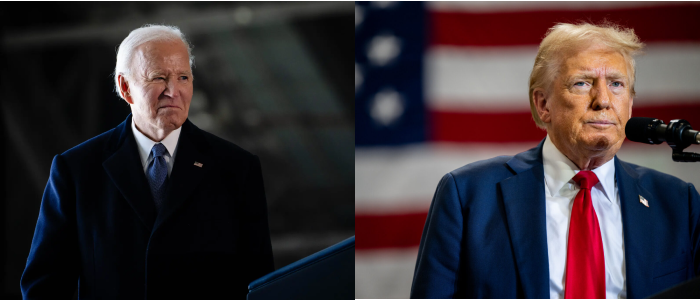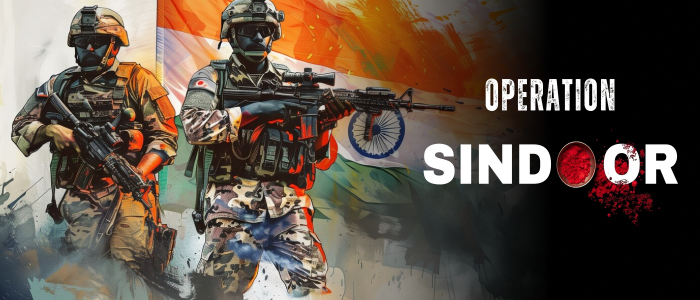Subsidized rice at P20/kg will be sold in the Visayan region, or, eventually, sold nationwide? The Department of Agriculture (DA) Secretary Francisco Tiu Laurel Jr. said the government decided to subsidize an amount of P3.5 to P4.
5 billion for such a purpose. This move by the government was decided during a closed-door meeting of President Ferdinand Marcos Jr. and 12 Visayas governors at the Cebu Provincial Capitol.

This move is attention-catching. It can be seen to have two objectives, proximate and remote. Proximate objective refers to the launching of “it here [Visayas] because there are more in need here as of the moment.
.. [but] eventually nationwide,” as Secretary Laurel explained.
To meet the need of the people for a low price of rice is the proximate objective, one that is directly intended by the government. This seems to be a blood-revitalizing move. But the timing of this move is equally attention-catching.
Why is it this time that the election is just less than a month away? This leads us to what is called remote objective. This objective is not directly intended, but it is concomitantly tagged behind the proximate objective. What then is this remote objective? As it is timely done during campaign period, it acquires the indirect intention (remote objective) of luring the people’s favor in view of the election.
The proximate objective causes the remote objective to emerge. The government subsidy of P3.5 to P4.
5 billion does not in reality make a real cheap rice at P20/kg. Real cheap rice means one that comes out of real low production cost. However, rice production remains expensive due to high cost of chemicals, fertilizers, labor, fuel, transportation, milling, and tariff (for imported rice), etc.
This high cost of production would not make it likely for the rice to be sold at P20/kg. Thus the government subsidy can be seen as being rather used to buy rice (in keeping with the actual cost of production) and to sell it at a lower price. To achieve this purpose, it is therefore necessary, as Secretary Laurel said, that “the government will need about P3.
5 to P4.5 billion as subsidy for the program.” This seems to be only for a period of time.
In reality, the government uses the people’s money to meet the people’s need for a lower price of rice (proximate objective). But it can be seen that this move is also a kind of a pretext, indirectly luring the people’ favor (remote objective). Filipino’s “utang na loob” is utilized as an advantage.
Since the government spends a lot of money for such a program, and pull down the rice price to P20/kg, such a subsidy can be seen as a semi dole out. It is a semi dole out because the rice is not given free; it is still sold at a much lower price of P20/kg, instead of P60/kg. It is a semi dole out in terms of such a commodity.
Lastly, with respect to the proximate objective, the government can be seen as giving special favor to the people (in reality, it should not be called favor since it is the government’s duty). With respect to the remote objective, the government can be seen as luring the people’s favor in view of the election; in short, a sort of indirect politicking in the guise of a commodity..
















